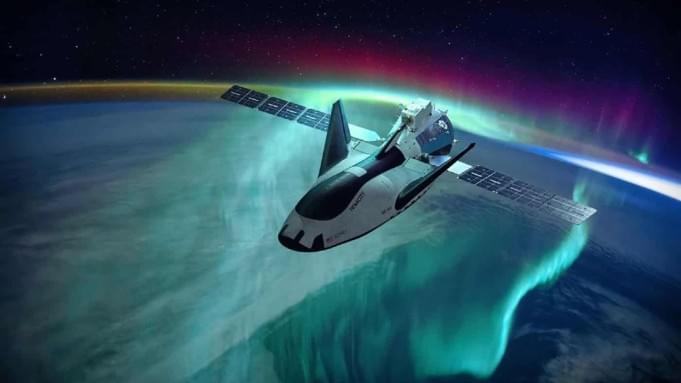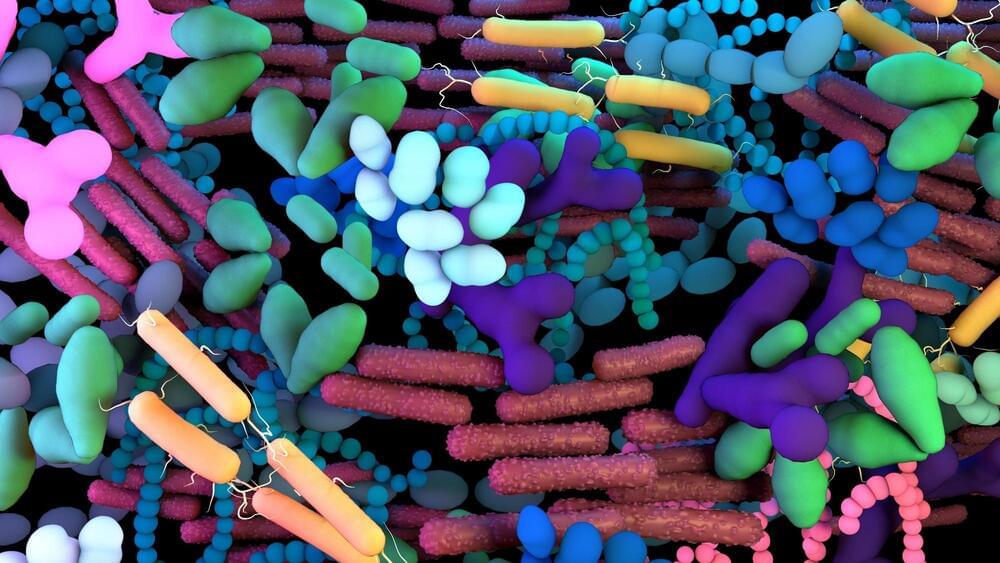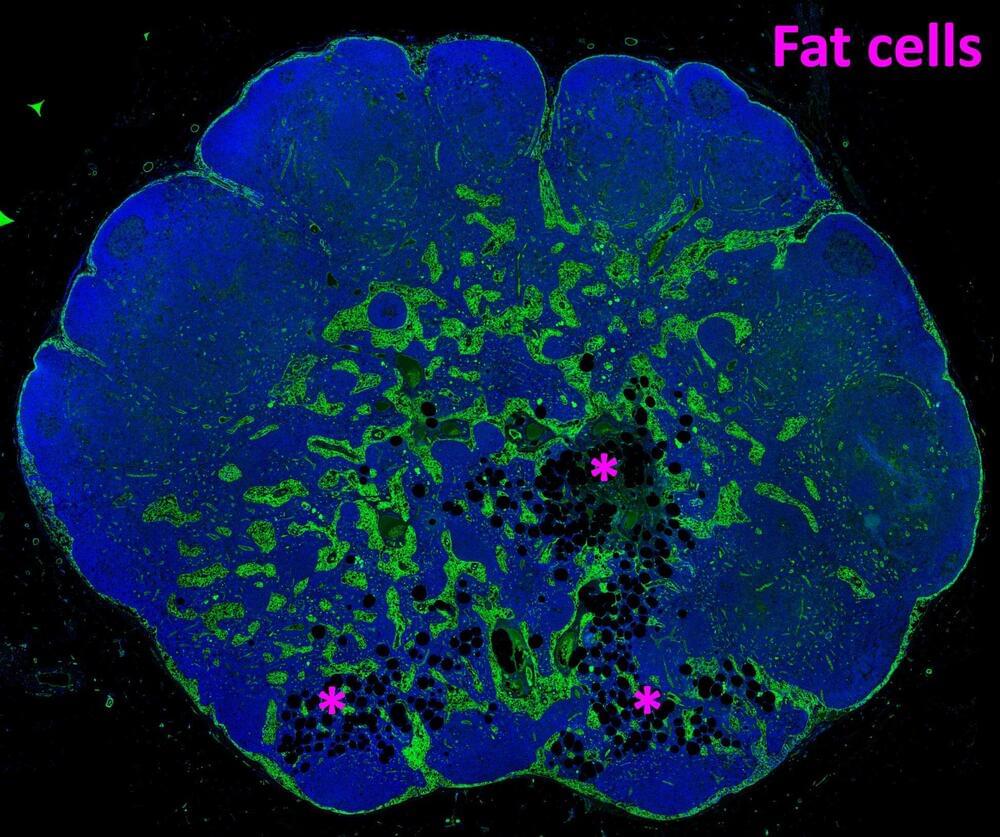Three crew members that may be stuck on the International Space Station could have the chance to return home on a SpaceX Dragon, if the option is required, a report suggests.




In a recent study published in Cell, researchers used a multi-omics approach to profile the gut microbiomes and metabolomes of mothers and infants to determine the vertical and horizontal transmission of bacterial species and strains as well as individual genes and understand the dynamics of the gut microbiome assembly that shape the development of the infant before and after birth.
The vertical transmission of gut bacteria from mother to fetus during pregnancy and the horizontal transfer of microbes through breast milk plays a vital role in the physical and cognitive development of the infant long after birth. Studies have shown associations between the gut microbiota composition of breastmilk and the development of the infant’s immune system, as well as autoimmune conditions and allergies. Furthermore, allergies and autoimmune disorders have also been linked to exogenous proteins in infant formula.
Metabolites produced by gut microbiota are also associated with the infant’s cognitive development. However, the development of gut microbiomes and metabolomes in the perinatal stage and their role in infant development remains unclear.
Support human longevity research.
Want to donate with cryptocurrency? Lifespan.io is proud to announce the official launch of the Longevity Cause Fund in partnership with Sens Research Foundation and the Methuselah Foundation, facilitated by Angel Protocol.
100% of your donation will go directly to our three partner nonprofits fighting the diseases of aging. Half will be used for anti-aging work that is currently underway. The rest will be invested in perpetual endowments that will provide ongoing support for this work — forever. Aging affects us all. Help us help you stay healthier for longer. Make your donation today.
The first $10k will be matched by Angel Alliance!

//Although lipomatosis is very common and increases with age, scientists have previously devoted little discussion and research to it. Scientists at Uppsala University have just published a study that offers significant insights into the causes of human lymph node function decline with aging and the effects on immune system performance.
Scientists carefully examined more than 200 lymph nodes to show that lipomatosis starts in the medulla, which is the center of the lymph node. They also provided evidence connecting lipomatosis to converting lymph node supporting cells (fibroblasts) into adipocytes (fat cells). They also demonstrate that fibroblast subtypes in the medulla are more likely to develop into adipocytes.\.
The study is a first step toward understanding why lipomatosis occur.

Kepler-1658b’s orbit is getting a little shorter — and therefore a little closer to the blazing surface of its star — every year.
Finding doomed planets is slow, painstaking work. It took thirteen years of close observation — first with Kepler and some of the most powerful telescopes here on Earth, and then with NASA’s Transiting Exoplanet Survey Satellite (TESS), which launched in 2018 — to notice the slow shrinking of Kepler-1658b’s orbit. Recognizing the signs of deadly orbital decay in other exoplanets is going to take a similar amount of time and a similar volume of data, but Vissapragada and his colleagues say they’re getting there.
“We should begin to see hints of orbital decay for these planets within the next decade,” he and his colleagues write in their recent paper.
As for Kepler-1658b, it’s got about 2.5 million years left. When the time comes, whoever is watching (from whatever alien world harbors astronomers in the distant future) won’t see the planet simply fall into the star’s outer layers and burn up, like a meteor falling into Earth’s atmosphere. Instead, the same tidal forces that sealed its fate will probably rip the planet apart shortly before it takes the final plunge. Something similar probably happened to long-dead moons of planets like Saturn, which now make up parts of the planet’s famous ring system.
Turning astrophysical data into audio has led to all sorts of surprising discoveries, from micrometeoroids bombarding spacecraft to lightning on Saturn. Now, there is a push to get more astronomers to use sonification.

Do animals dream? Join David Peña-Guzmán as he explores behavioural and neuroscientific research on animal sleep with philosophical theories of dreaming. Watch the Q&A here: https://youtu.be/LpI7zNHUFRQ
David’s latest book ‘When animals dream: the hidden world of animal consciousness’ is available now: https://geni.us/YW7arw6
Subscribe for regular science videos: http://bit.ly/RiSubscRibe.
Are humans the only dreamers on Earth? Dreams provide an invaluable window into the cognitive and emotional lives of nonhuman animals, giving us access to a seemingly inaccessible realm of human experience. From suggestions that many animals run ‘reality simulations’ while asleep to the profound implications for contemporary debates about animal cognition, ethics, and rights.
In this talk, discover a convincing case for animals as conscious beings and examine the thorny scientific, philosophical and ethical questions it raises.
This livestream was recorded on 28 July 2022.
David Peña-Guzmán received his PhD in Philosophy from Emory University in 2015. His dissertation, ‘The rational turn in continental philosophy: Bachelard, Canguilhem, Foucault’, is an interrogation of the school of historical epistemology that appeared in France sometime between the 1920s and the 1950s.